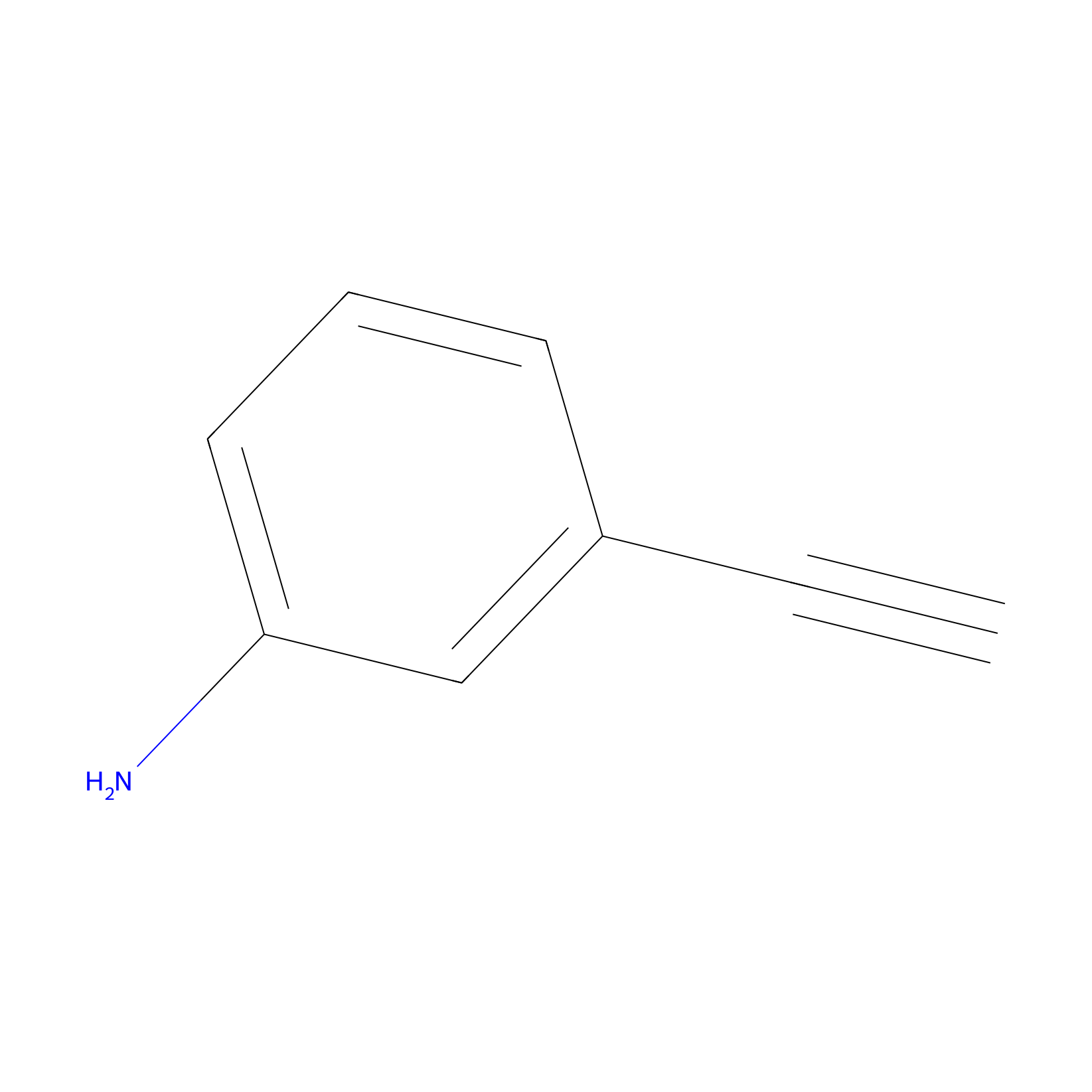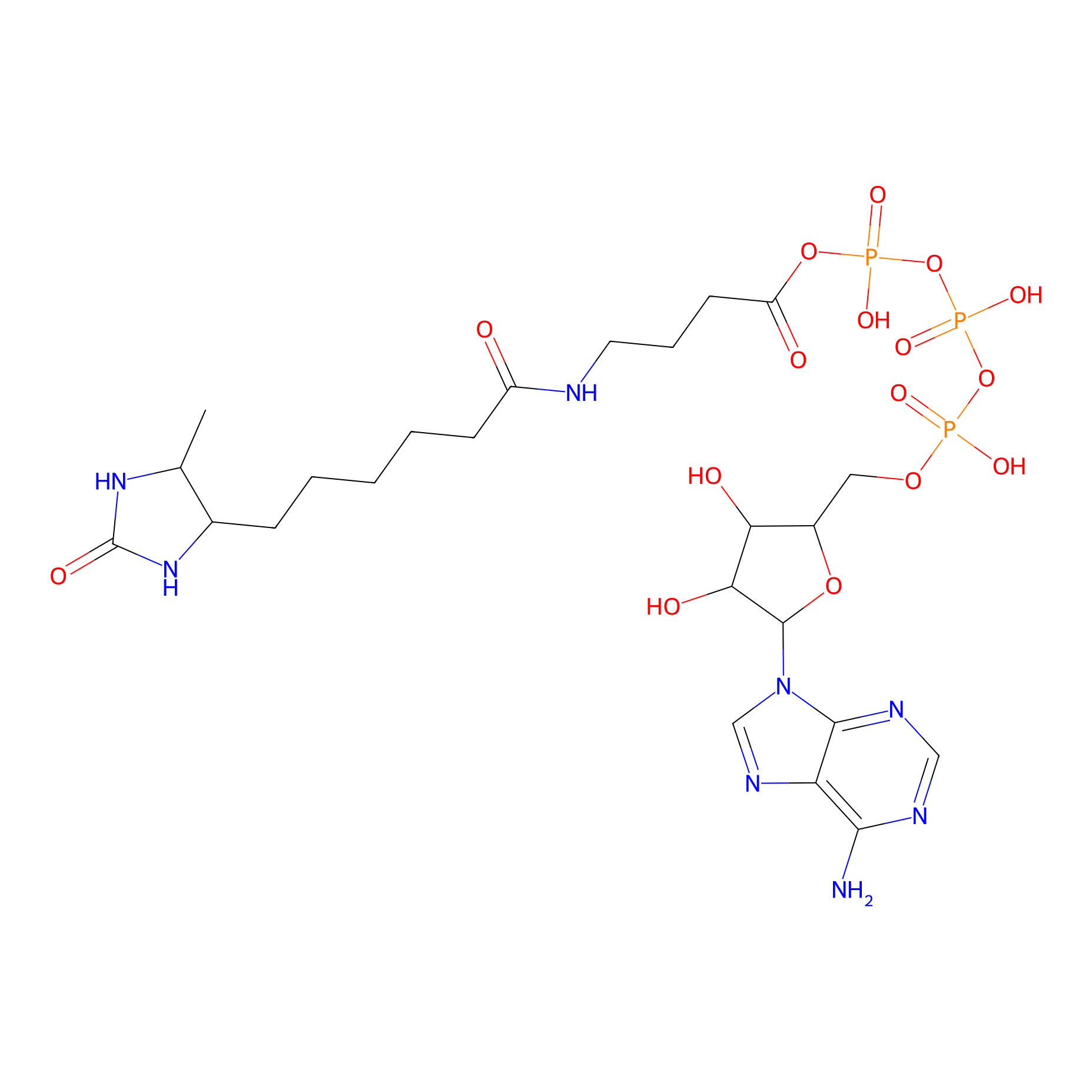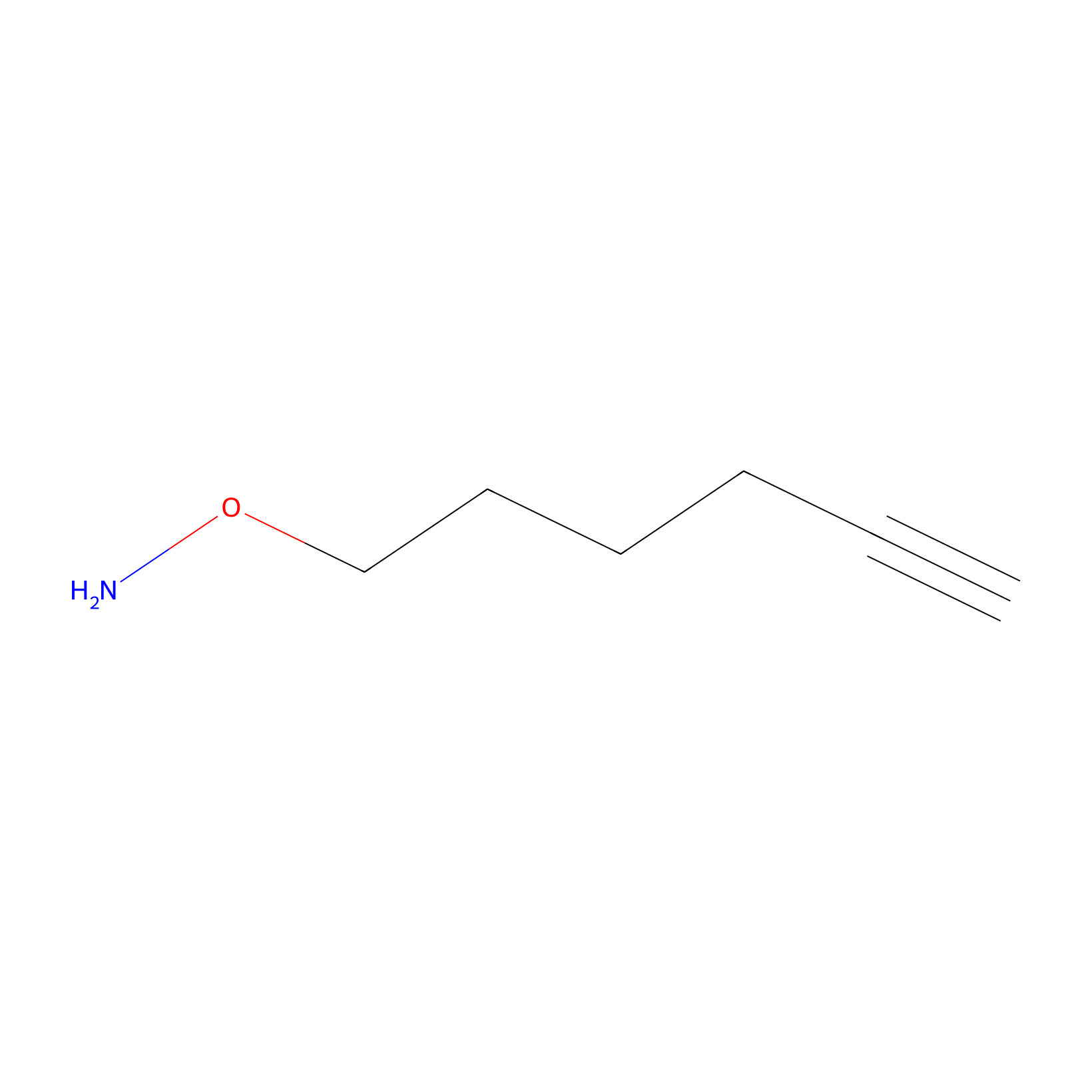Details of the Target
General Information of Target
Target Site Mutations in Different Cell Lines
Probe(s) Labeling This Target
ABPP Probe
| Probe name | Structure | Binding Site(Ratio) | Interaction ID | Ref | |
|---|---|---|---|---|---|
|
m-APA Probe Info |
 |
15.00 | LDD0402 | [1] | |
|
STPyne Probe Info |
 |
K45(10.00) | LDD0277 | [2] | |
|
Acrolein Probe Info |
 |
N.A. | LDD0222 | [3] | |
|
ATP probe Probe Info |
 |
N.A. | LDD0199 | [4] | |
|
AOyne Probe Info |
 |
15.00 | LDD0443 | [5] | |
Competitor(s) Related to This Target
The Interaction Atlas With This Target
References
